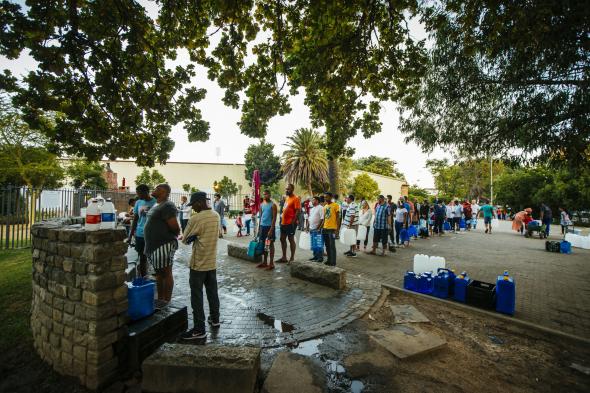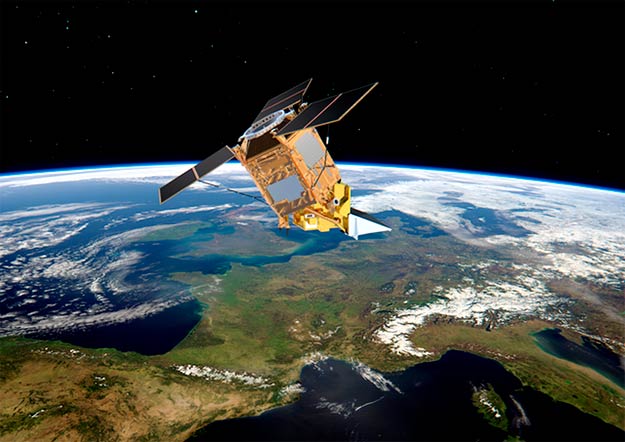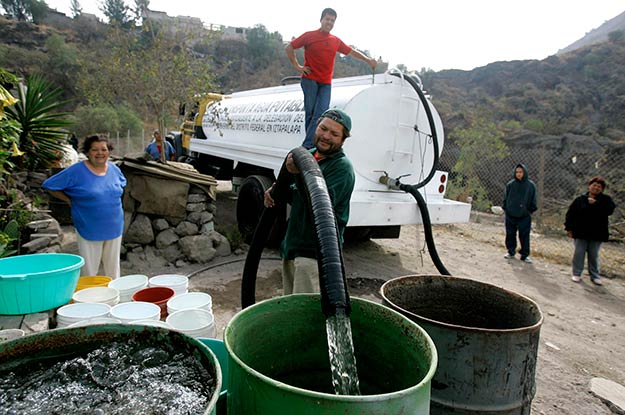Urban water demand will increase by 80% by 2050, while climate change will alter the timing and distribution of water. Here we quantify the magnitude of these twin challenges to urban water security, combining a dataset of urban water sources of 482 of the world’s largest cities with estimates of future water demand, based on the Intergovernmental Panel on Climate Change (IPCC)’s Fifth Assessment scenarios, and predictions of future water availability, using the WaterGAP3 modelling framework.
We project an urban surface-water deficit of 1,386–6,764 million m³. More than 27% of cities studied, containing 233 million people, will have water demands that exceed surface-water availability. An additional 19% of cities, which are dependent on surface-water transfers, have a high potential for conflict between the urban and agricultural sectors, since both sectors cannot obtain their estimated future water demands. In 80% of these high-conflict watersheds, improvements in agricultural water-use efficiency could free up enough water for urban use. Investments in improving agricultural water use could thus serve as an important global change adaptation strategy.
Cities around the world are markedly expanding in size, as global urban growth (that is, increasing urban population) leads to more than two billion additional urban residents by 20301. Today, approximately 54% of the global population (that is, 3.9 billion people1) lives in cities, a fraction that is likely to grow to between 60% and 92% by the end of the twentyfirst century, according to the scenarios from shared socioeconomic pathways2 (SSPs). Domestic water use almost quadrupled over the last 60 years due to increasing population, wealth and access to drinking-water infrastructure3, and there was an even higher increase in water use in cities4. Read more






